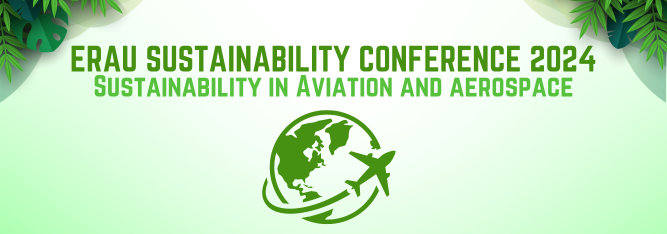
Completing the Cycle: A Feasibility Analysis on Carbon Fiber Recycling
Presentation Type
Short presentation 10-15 minutes
In Person or Zoom Presentation
In-Person
Location
Student Union Event Center
Start Date
18-11-2024 10:35 AM
Presentation Description/Abstract
The applications of carbon fiber in the manufacturing of composite materials span a wide range of disciplines from automotive to architecture and aerospace. As this material’s use becomes more widespread, a concern rises surrounding the waste generated from both the manufacturing and decommissioning processes. One solution to head this problem off is recycling. Current research evaluates the viability of this process primarily in the areas of cost efficacy and maintaining material properties. The data surrounding this emerging area of research suggest that the use of chemical recycling may provide the most promising area of future investigation, even though it currently uses hazardous solvents. In addition to determining which method of recycling presents the most promising path forward, researchers also need to consider current laws and regulations within the United States on the management of carbon fiber and carbon fiber reinforced polymer (CFRP) byproducts. As this method of recycling is still under development, it is important to find a short-term solution; one such possible solution is that of material donation to student programs such as Formula SAE teams. It is difficult to say, however, if the waste produced by manufacturers can be diminished to acceptable levels through said donations. Carbon fiber’s ability to close its life-cycle loop will determine if the material can be more widely adopted without concern for environmental impacts. While the processes related to recycling the material can be difficult to scale up, the importance of solving the issue of CFRP waste is becoming more apparent.
Completing the Cycle: A Feasibility Analysis on Carbon Fiber Recycling
Student Union Event Center
The applications of carbon fiber in the manufacturing of composite materials span a wide range of disciplines from automotive to architecture and aerospace. As this material’s use becomes more widespread, a concern rises surrounding the waste generated from both the manufacturing and decommissioning processes. One solution to head this problem off is recycling. Current research evaluates the viability of this process primarily in the areas of cost efficacy and maintaining material properties. The data surrounding this emerging area of research suggest that the use of chemical recycling may provide the most promising area of future investigation, even though it currently uses hazardous solvents. In addition to determining which method of recycling presents the most promising path forward, researchers also need to consider current laws and regulations within the United States on the management of carbon fiber and carbon fiber reinforced polymer (CFRP) byproducts. As this method of recycling is still under development, it is important to find a short-term solution; one such possible solution is that of material donation to student programs such as Formula SAE teams. It is difficult to say, however, if the waste produced by manufacturers can be diminished to acceptable levels through said donations. Carbon fiber’s ability to close its life-cycle loop will determine if the material can be more widely adopted without concern for environmental impacts. While the processes related to recycling the material can be difficult to scale up, the importance of solving the issue of CFRP waste is becoming more apparent.
